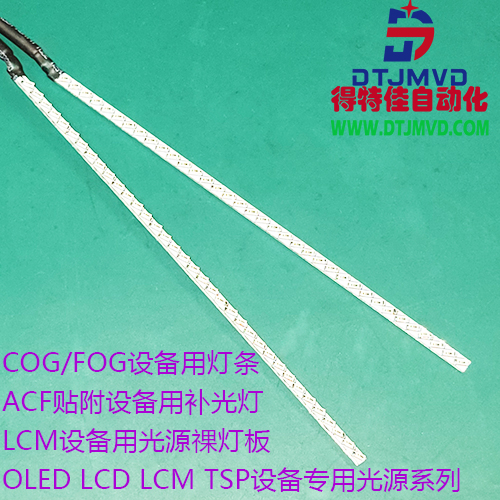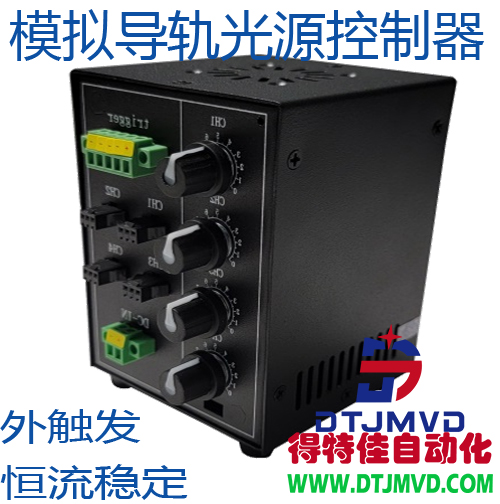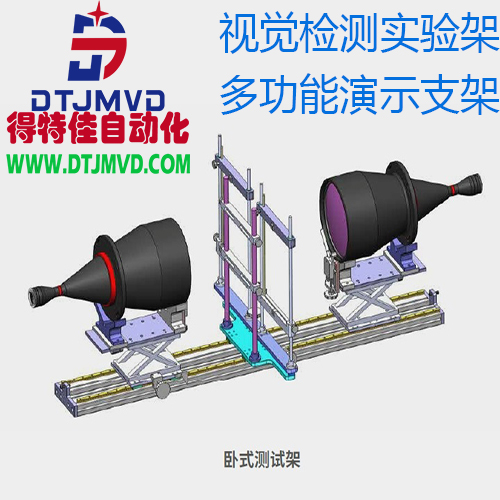[IEEE 1394]IEEE 1394: The Revolutionary Interface Technology
發布時間:2024-05-24
IEEE 1394, also known as FireWire, is a high-speed interface technology that has revolutionized the way we connect and transfer data between devices. Developed by the Institute of Electrical and Electronics Engineers (IEEE), this standard has become the preferred choice for professionals in the fields of audio and video production, as well as for consumers who want a fast and reliable way to transfer files between their devices.
One of the key advantages of IEEE 1394 is its high data transfer speeds. With transfer rates of up to 800 megabits per second, it is significantly faster than traditional USB connections. This makes it ideal for tasks that require large amounts of data to be transferred quickly, such as backing up files, editing high-definition videos, or transferring large music libraries.

Another important feature of IEEE 1394 is its ability to provide power to connected devices. This means that devices like external hard drives, cameras, and audio interfaces can be powered directly from the FireWire port, eliminating the need for separate power cables. This not only reduces clutter but also makes it easier to set up and connect multiple devices at once.
Furthermore, IEEE 1394 is known for its superior performance when it comes to real-time data transfer. This is crucial for applications like audio recording and video editing, where latency can have a significant impact on the quality of the final product. By providing a stable and consistent data transfer rate, IEEE 1394 ensures that professionals can work with confidence, knowing that their data is being transferred accurately and without any delays.

While IEEE 1394 has many advantages, it is important to note that it is not as widely supported as other interface technologies like USB. This means that not all devices are equipped with FireWire ports, and users may need to purchase adapters or converters to take full advantage of its benefits. However, for those who work in industries where speed, reliability, and real-time performance are critical, IEEE 1394 remains the interface technology of choice.

In conclusion, IEEE 1394 is a revolutionary interface technology that has changed the way we transfer data between devices. Its high data transfer speeds, power-providing capabilities, and real-time performance make it a valuable tool for professionals in audio and video production. While it may not be as widely supported as other interface technologies, its unique features and advantages make it a must-have for those who demand the best in connectivity and performance.

拍下二維碼,信息隨身看
試試用手機掃一掃,
在你手機上繼續觀看此頁面。



 深圳市得特佳自動化科技有限公司
深圳市得特佳自動化科技有限公司